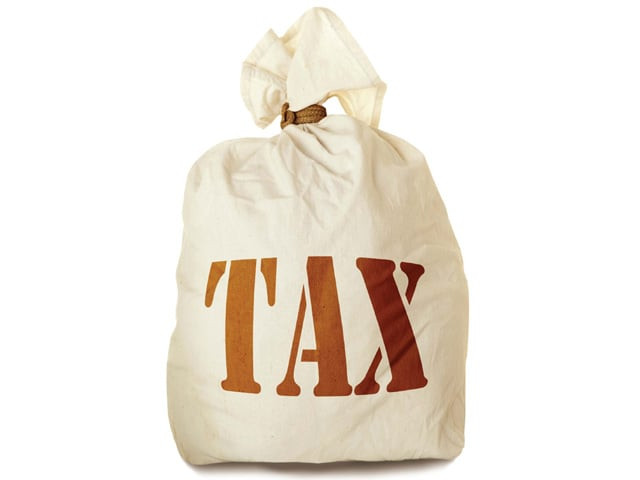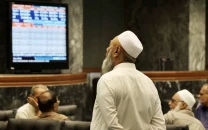Marginal taxation for salaried class - more work for FBR
Real estate sector brought into tax net; revenue targets enhanced 22%.

The government has given some relief to salaried classes and the business community – but it has also proposed Rs63 billion in additional taxes on incomes and sales. For the first time, the influential real estate sector has also been brought into the tax net.
Taxpayer Honour Cards have been introduced, to be issued to all taxpayers who have filed tax returns and paid their taxes for the last five years. Card holders will be entitled to various privileges and benefits.
In the budget, the government has set a Rs2.831 trillion tax target for the Federal Board of Revenue – which is Rs429 billion, or 22%, higher than this year’s target of Rs1.952 trillion. To achieve the target, the government has asked the FBR to raise an amount of Rs65 billion through administrative improvements.
Out of the Rs63 billion proposed in new taxes, Rs34 billion are to be imposed as income taxes, while Rs29 billion will be levied as sales tax. At the same time, Rs23.5 billion in relief has been given on sales tax under different heads, while Rs9.5 billion in relief has been provided on income taxes.
Income tax
To ensure documentation at the manufacturing stage, the government has imposed 1% withholding tax on all types of manufacturing. The levy is estimated to raise Rs15 billion.
The government has also imposed a 10% capital gains tax on sale of property within one year of its purchase. If the property is sold after a year, but within two years, the applicable rate will be 5%. The government aims to raise Rs5 billion under this head.
The government has increased the tax rate on dividends accruing to banks on investments in subsidiaries from 10% to 25% for the next year.
On a 20-seater or plus vehicle, the tax rate has been enhanced to Rs500 per seat from the prevalent Rs100 per seat. In case of goods transport vehicles, the rate has been increased from Rs1 per kilogram to Rs5 per kg.
To provide fiscal support to the salaried class, the basic exemption limit for Income Tax has been enhanced further to Rs400,000 this year. Similarly, the exemption limit for business individuals and Association of Persons (AOPs) is to be enhanced to Rs400,000. This will cause a Rs6.5 billion loss in revenues to the government. The exempted threshold will also not be included in total tax calculations.
The government has also reduced tax slabs from 16 to 5 while simplifying the existing rates.
On taxable income exceeding Rs400,000, but below Rs750,000, the new applicable rate will be 5%. For income groups above Rs750,000, but up to Rs1.5 million annually, the applicable tax rate will be Rs17,500 plus 10% of income.
For income groups above Rs1.5 million up to Rs2.5 million, the tax rate will be Rs92,500 plus 15% of income. For the highest income groups of Rs2.5 million and above, the new applicable rate will be Rs242,000 plus 20%.
The government has also halved the minimum turnover tax rate from 1% to 0.5%, which will cost it Rs11 billion. In a bid to gradually get rid of the presumptive tax regime, the government has offered a 3% withholding tax rate for submitting returns against the current rate of 5%.
Sales tax
The government has changed the tax calculation formula on sales of cigarettes, which will result in an average increase of Rs5 on every packet. The move will generate Rs10 billion additional revenues. The sales tax on the steel sector has been increased from Rs6 per unit of electricity consumed to Rs8, in hopes of generating an extra Rs4 billion.
The government has reduced sales tax rates on raw materials for industry from 22% and 19.5% to 16%. It has also reduced the federal excise duty on cement from Rs500 per metric tons to Rs400 per metric tons.
Customs duties
The government has reduced duties on hybrid cars by 25%. It has also reduced maximum tariffs from 35% to 30%.
Published in The Express Tribune, June 2nd, 2012.



















COMMENTS
Comments are moderated and generally will be posted if they are on-topic and not abusive.
For more information, please see our Comments FAQ